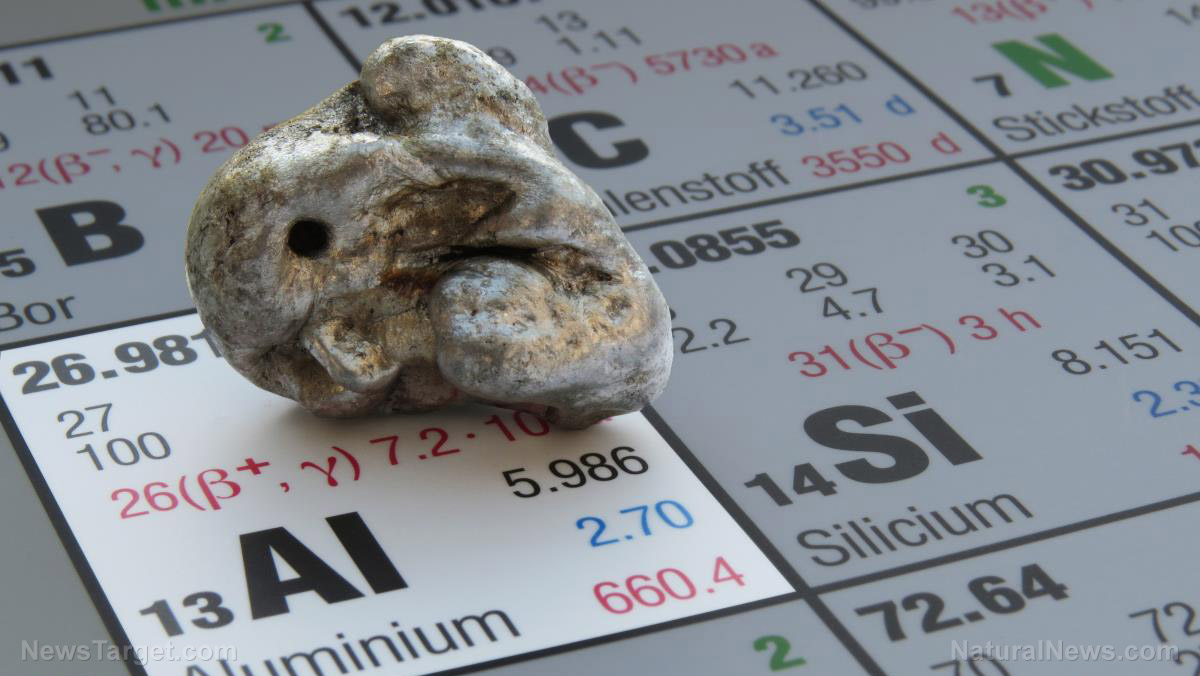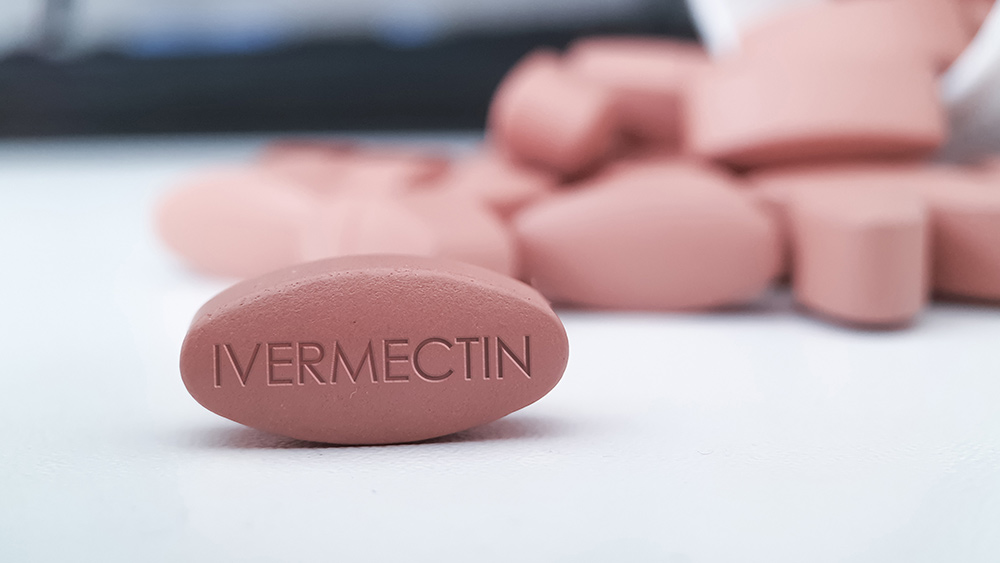You need to be in shape to fight cancer: Increased muscle mass found to improve treatment outcomes
08/30/2019 / By Zoey Sky

Having a well-toned physique is associated with physical strength and an aesthetically pleasing appearance. New research from Osaka University revealed that there may be an unlikely link between fitness and sarcopenia, especially since increased muscle mass can significantly improve an individual’s response to cancer treatment if they have been diagnosed with sarcopenia.
The study was published in the journal Scientific Reports.
Exercise and skeletal muscle mass
Scientists from Osaka University reported that sarcopenia or the loss of muscle mass is linked to a poor response to conventional treatments for advanced non-small cell lung cancer (NSCLC). These treatments, called programmed death-1-inhibitors (PD-1-inhibitors), are a new class of drugs used to address various types of cancer.
PD-1-inhibitors were designed to work with an individual’s immune system. They help improve the immune system’s ability to attack cancer cells. However, the therapy is only as effective as the patient’s immune system.
To date, only a fraction of individuals has had good, long-term, and progression-free survival rates. This concern is something the researchers from Osaka University tried to address with this study.
Takayuki Shiroyama, the lead author of the study, explained that sarcopenia is a common risk factor linked to poor outcomes for certain types of cancer. Since muscle degradation is connected to a dysregulated immune response, the research team tried to determine how sarcopenia in lung cancer patients affects the effectiveness of PD-1 inhibitor therapy. (Related: Compelling evidence proves that regular aerobic exercise reduces your risk of up to 13 types of cancers.)

For the study, the researchers analyzed the medical records and treatment outcomes of 42 individuals who have been diagnosed with advanced NSCLC and were treated with PD-1 inhibitors. Only patients who underwent an assessment of skeletal muscle mass before the treatment began were included in the analysis.
Atsushi Kumanogoh, the senior author of the study, noted that results were “surprisingly emphatic.” The researchers discovered that the treatment outcomes for individuals with sarcopenia at the start of therapy were worse than those who didn’t have the condition.
They also reported that 38.1 percent of patients who didn’t have sarcopenia remained in remission one year after treatment. On the other hand, only 10.1 percent of those diagnosed with sarcopenia had no sign of tumor progression within the same time frame.
The researchers explained that, based on the results, baseline skeletal muscle mass can significantly affect the efficacy of PD-1 inhibitor therapy. Shiroyama added that a patient’s skeletal muscle mass can be used to predict if treatment is going to be effective for a particular case.
Since muscle wasting is common among individuals with advanced cancer, new drugs that can increase skeletal muscle mass in cancer patients may be crucial for future treatment strategies. Increasing a patient’s muscle mass before he or she undergoes treatment can improve his or her chance of obtaining long-term treatment outcomes from PD-1-inhibitor therapy.
If you wish to avoid the use of these drugs and their many side effects, adopt a balanced diet and follow an exercise regimen that’s designed for your physical condition. For example, strength training or resistance training can improve muscle size, strength, and tone. This type of exercise also helps strengthen bones, ligaments, and tendons, which is good for your overall well-being.
What is sarcopenia?
Sarcopenia refers to the loss of muscle mass caused by the natural aging process.
This decrease in muscle mass can weaken a person. In turn, this weakness may affect your balance and gait. Sarcopenia affects your ability to perform common activities like climbing stairs, lifting objects, or walking.
The International Osteoporosis Foundation (IOF) reports that muscle mass starts to decline in your 40s. The loss of muscle tissue can progress more rapidly when you reach your 60s and 70s.
The exact rate of decline may vary, but the average individual can lose at least three to eight percent of muscle mass per decade. The loss of muscle mass reduces the number of muscle fibers and decreases their size. Both conditions then cause your muscles to atrophy or shrink.
Risk factors for sarcopenia
The following risk factors may increase your chance of developing sarcopenia.
- Sedentary lifestyle – Living a sedentary lifestyle and not being physically active on a regular basis increases your risk of developing sarcopenia as you get older.
- Poor dietary habits – Having poor eating habits can also increase the risk of having sarcopenia. Not following a healthy diet may affect how fast muscle mass declines in older individuals. Consuming a lot of acid-producing foods, like grains and processed foods, and not eating enough fresh fruits and vegetables can also negatively affect your muscle mass.
Muscle loss may not seem like a big deal to young individuals, but sarcopenia is usually associated with increased fall risk and weakness. Muscle loss can even limit someone’s independence.
To prevent sarcopenia, follow a healthy diet and exercise regularly to avoid further muscle loss as you age.
Sources include:
Submit a correction >>
Tagged Under:
aging, alternative medicine, cancer, cancer cures, cancer treatment, disease treatments, exercise, fitness, healthy lifestyle, immune system, longevity, loss of muscle, natural cures, natural medicine, PD-1- inhibitor therapy, physical activity, physical exercise, poor diet, prevention, remedies, research, sarcopenia, skeletal muscle mass
This article may contain statements that reflect the opinion of the author


















